Crane Safety Statistics 2025: Facts You Must Know
Cranes are essential on many job sites—from towering skyscrapers to port terminals—but they also remain one of the most dangerous types of equipment in construction and heavy industry. A single failure in rigging, communication, or load control can lead to fatal accidents.
Here, we present a data-focused look at crane safety statistics from 2021, 2023, and 2024, revealing the numbers behind injuries, fatalities, violations, and common causes of crane incidents. This overview is a must-read for safety professionals, contractors, and managers working with or around cranes.
Fatalities: Crane Deaths Remain Consistently High
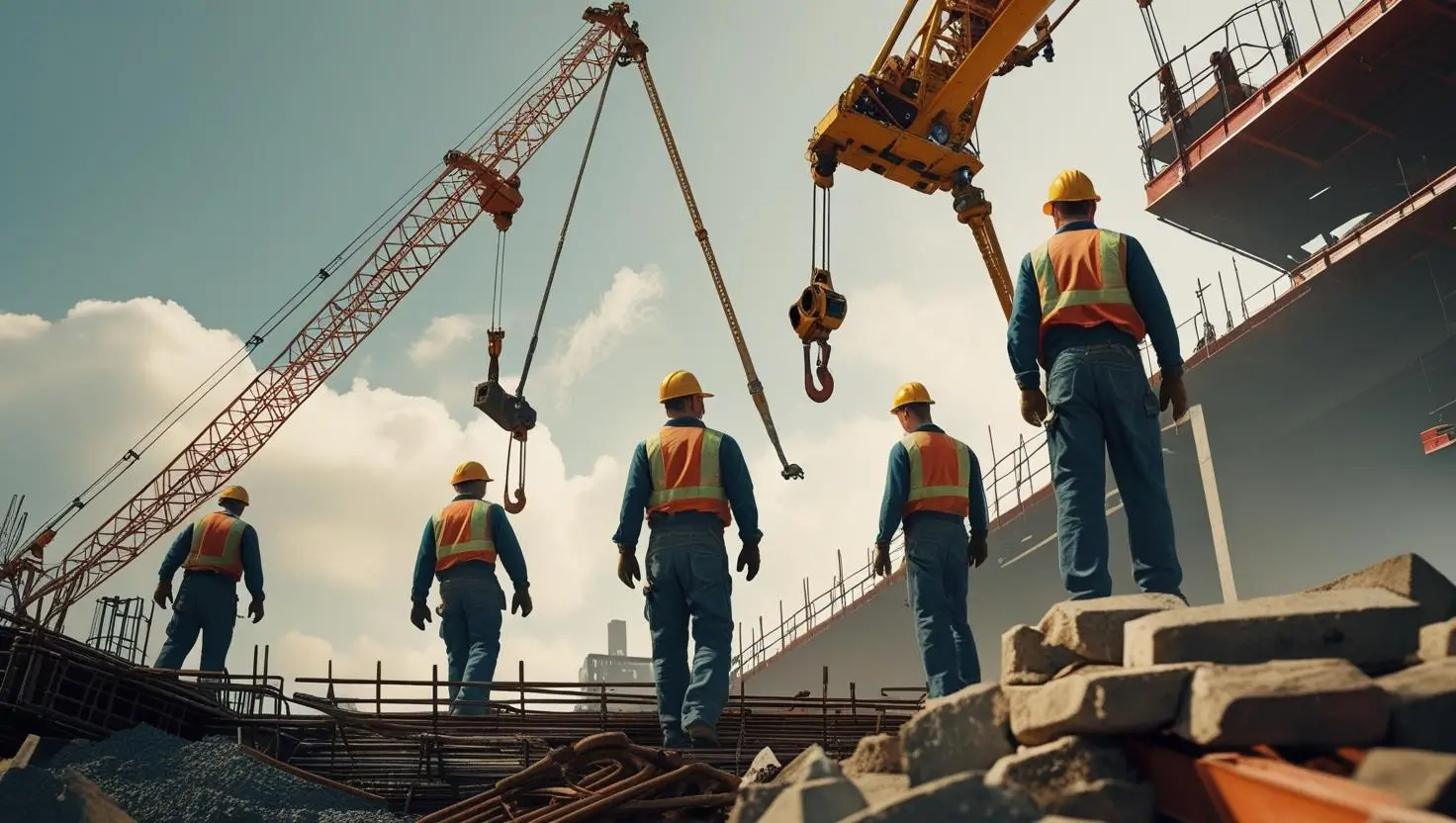
According to the U.S. Bureau of Labor Statistics (BLS), an average of 44 crane-related fatalities occur annually in the U.S. This figure is based on comprehensive data collected between 2011 and 2017 (BLS).
Though more recent BLS datasets group crane fatalities under broader construction categories, fatal incidents involving cranes have continued across 2021, 2023, and 2024:
- In 2021, crane-related fatalities aligned with the 10-year average of 40–45 per year.
- In 2023, OSHA investigated at least 18 crane-related fatalities, including high-profile incidents in Miami and Taiwan.
- In 2024, OSHA reported 7 fatal overhead crane incidents between January and July alone, mostly in industrial settings.
These numbers underscore the persistent risk cranes pose when safety systems fail.
Injuries and Violations: A Statistical Breakdown
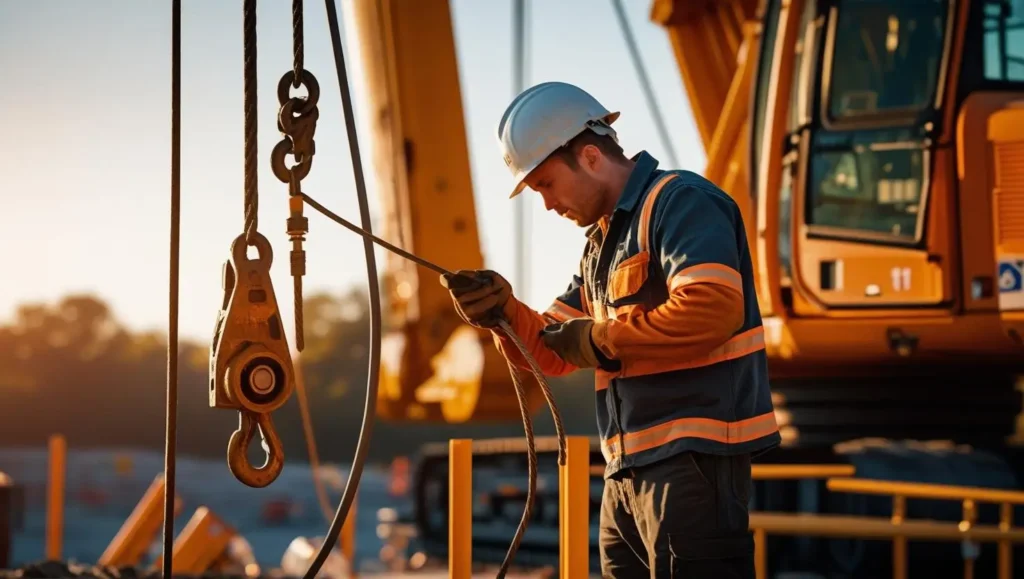
An in-depth study analyzed 249 crane-related incidents and revealed troubling trends:
- 838 OSHA violations were identified across these incidents.
- The accidents resulted in 133 injuries and 133 fatalities.
- 37% of cases involved workers being crushed by a load.
- 27% of incidents were due to load drops, typically from rigging failure.
- 12% involved falls from heights ranging from 8 to over 100 feet.
- 11% were caused by workers being run over or crushed by the crane itself.
- 5%–7% were related to lockout/tagout failures or electrical hazards.
This study also found that crane accidents tend to result in either fatal outcomes or very severe injuries, indicating the high-risk nature of crane-related tasks.
Human Error: The Dominant Risk Factor
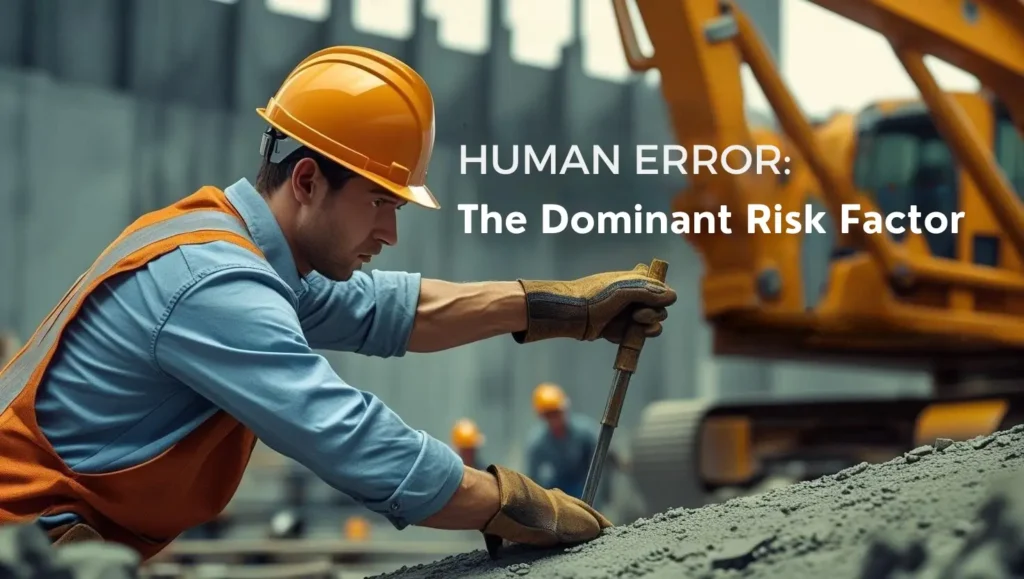
According to human error is responsible for over 90% of crane accidents.
Further data from their investigations show:
- 80% of crane accidents involve exceeding load capacities.
- 45% of crane-related fatalities are due to contact with power lines.
- A lack of proper training and poor communication are major contributing factors.
These findings highlight the critical need for certified crane operators, qualified riggers, and effective signal communication.
High-Profile Accidents (2023–2024)
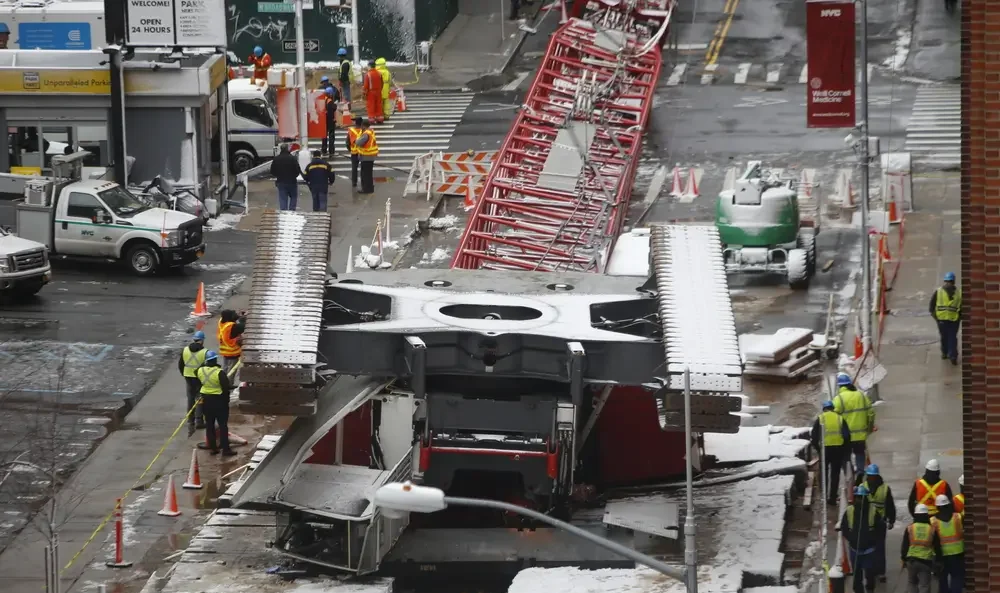
Several serious crane incidents were reported in 2023 and 2024, demonstrating the real-world consequences of these hazards:
- July 23, 2024 – A worker was killed when a crane load fell in a manufacturing facility (OSHA).
- June 27, 2024 – Another worker died after being crushed by a steel mold lifted by a crane.
- August 2023 (Miami, FL) – A crane collapsed at a hospital construction site, killing 1 and injuring 4.
- May 2023 (Taiwan) – A tower crane collapsed onto a metro train, resulting in 1 death and 10 injuries.
These cases are under OSHA or local government investigation and often involve serious lapses in operator certification, inspection, or rigging procedures.
OSHA Enforcement and Financial Penalties
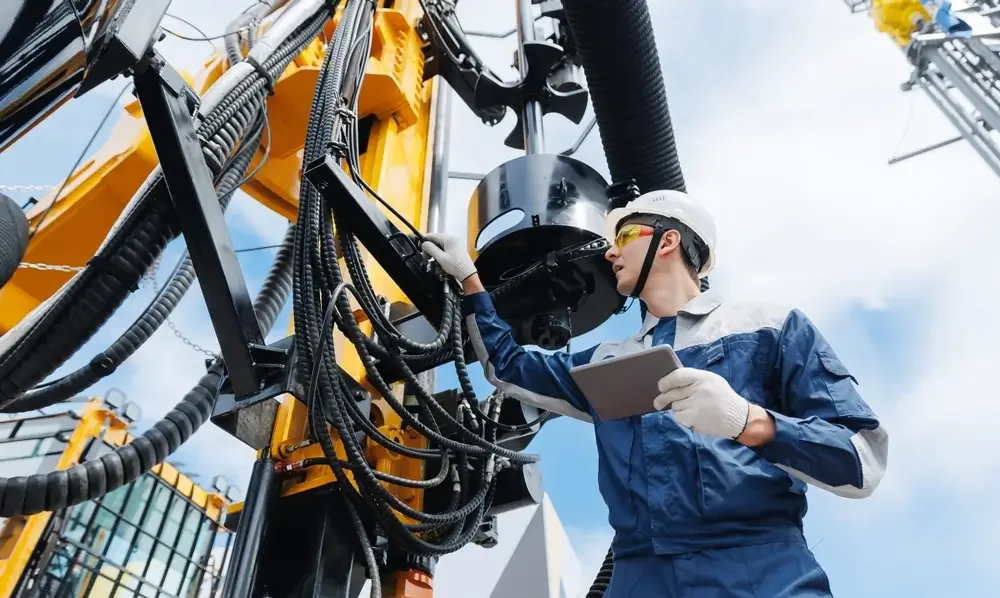
Although the number of OSHA crane-related inspections has declined, penalties have risen:
- OSHA crane-related citations dropped from over 400,000 in 1990 to 146,000 in 2023.
- However, penalties increased by over 600%, from $63 million to $364 million in 2023.
In the analyzed incidents, the total fines levied by OSHA exceeded $2.3 million, with:
- An average cost of $200,000 per major injury, and
- More than $4 million per fatality when considering direct and indirect losses.
These include investigation costs, legal settlements, operational shutdowns, and increased insurance premiums.
Regulatory Focus and adherence Gaps

The Occupational Safety and Health Administration (OSHA) requires:
- Certified crane operators under 29 CFR 1926 Subpart CC.
- Regular inspections of lifting equipment.
- Use of qualified riggers and signalpersons.
Yet, many companies continue to face citations for:
- Operating cranes without proper inspection documentation.
- Employing uncertified operators.
- Ignoring proper load charts and rigging standards.
These violations continue to appear in OSHA’s top 10 crane-related citations each year.
Crane Fatalities Within the Broader Industry Context
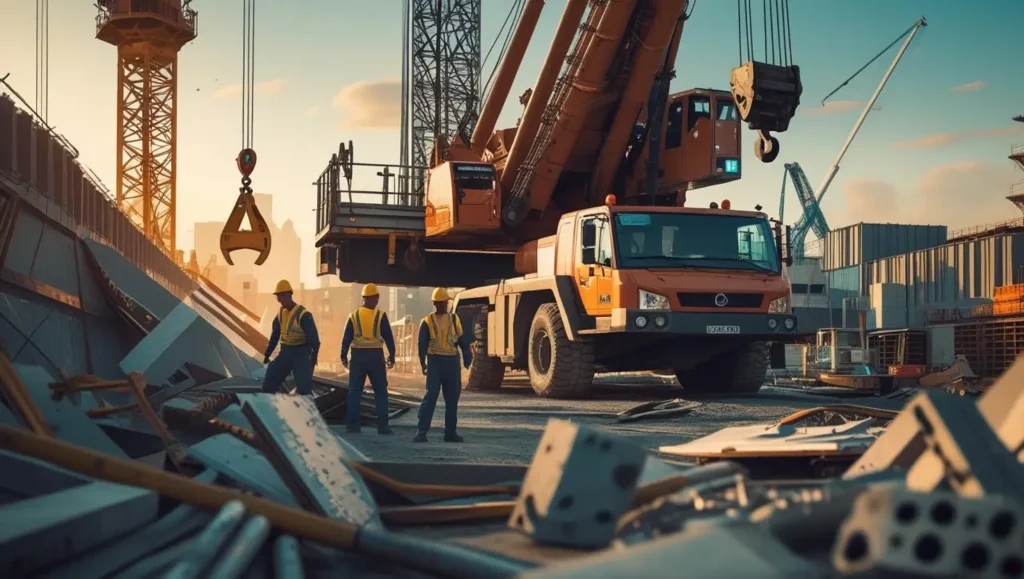
Construction remains the most dangerous industry in the U.S. workforce. According to BLS:
- 5,283 workers died in work-related accidents in 2023.
- 1,075 of those deaths occurred in construction, making up 20% of all fatalities.
- The “Fatal Four” causes in construction—falls, struck-by, electrocution, and caught-in/between—account for more than 60% of all industry deaths.
Crane-related incidents intersect with at least three of these four categories, especially “struck-by” and “caught-in/between.”
Safety Improvements and Recommendations
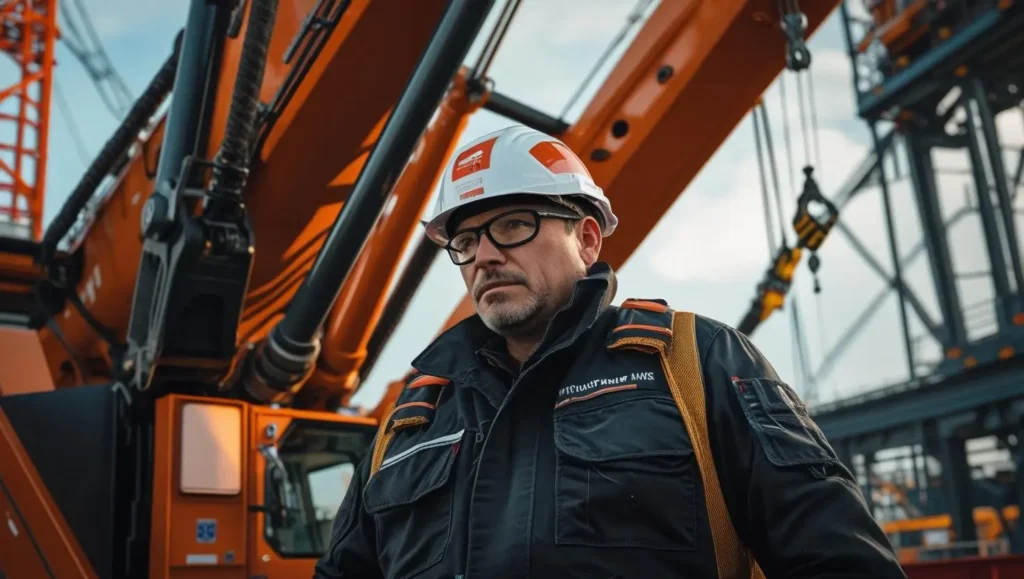
To reduce crane-related fatalities and injuries in 2025 and beyond, experts recommend:
- Mandatory certification and re-certification for all crane operators.
- Rigorous rigging and signalperson training, particularly for overhead cranes and mobile cranes.
- Daily pre-use equipment inspections, with proper documentation.
- Fall protection systems, including harnesses and safe access ladders for elevated crane platforms.
- Anti-collision sensors and proximity alerts are used on cranes near live power lines or congested sites.
Additionally, companies should promote a strong safety culture where workers are empowered to stop work if they observe unsafe crane operations.
Conclusion: A Preventable Risk
Despite decades of regulation and technological advancement, crane accidents remain a leading cause of death and injury on job sites. The statistics from 2021, 2023, and 2024 show that the underlying causes—human error, poor rigging, and lack of inspection—have not changed significantly.
But they are preventable.
Crane safety must be treated as a non-negotiable priority, not a checkbox. From strict OSHA adherence to ongoing training and investment in safety technologies, every step counts toward saving lives.
Behind every statistic is a worker who didn’t make it home.
Related Posts

Workplace Safety Survey: What 500 U.S. Workers Revealed

Top Technologies Transforming Workplace Safety in 2025



